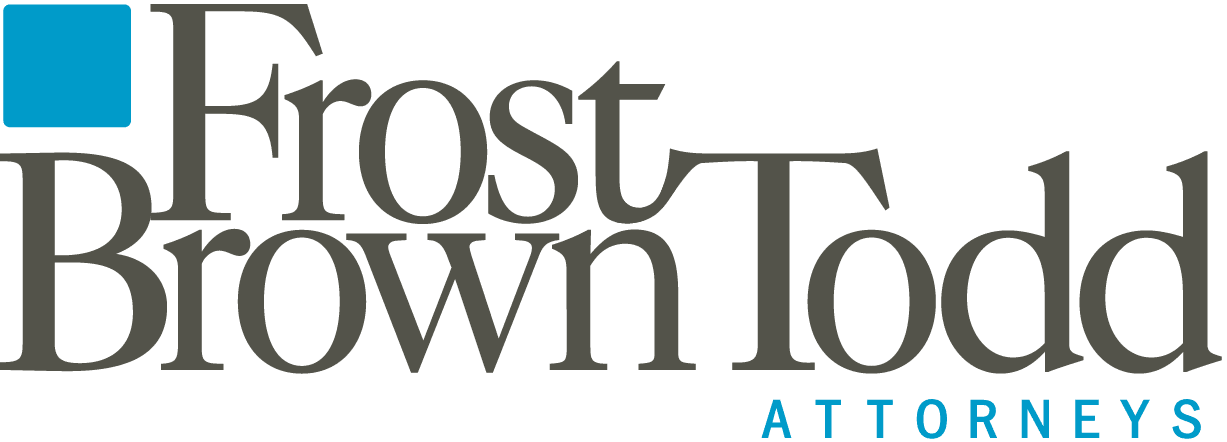Kentucky local governments now have an additional tool to help address their housing shortages thanks to legislation enacted during the 2025 Kentucky General Assembly. A provision of Senate Bill (SB) 25 authorizes local governments to issue industrial revenue bonds (IRBs) to help private developers cover the construction or renovation costs of projects that increase local multifamily housing by 48 units or more. Under the IRB structure, developers now have broader access to significant property tax abatements that multifamily housing projects previously could only obtain under limited circumstances in Kentucky.
An IRB is a bond that may be issued by local governments to help finance “industrial buildings,” pursuant to the Industrial Buildings for Cities and Counties Act (the “Act”). The term “industrial building” has now been expanded to include certain multifamily housing projects. Depending on whether the project offers rents based on tenant income, IRBs can be issued on either a federally tax-exempt or taxable basis.
Property tax in Kentucky is constitutionally mandated; thus exemptions from tax are few, including exemptions for economic development. The Act authorizes the local governmental issuer to hold title to the improvements financed with IRB proceeds, and, as long as that property is owned by the issuer, it is exempt from local ad valorem property taxes. While the local government issues the bonds, the private borrower is responsible for the debt service using revenue generated by the project through a leasehold structure.
In addition, the property financed with IRB proceeds may also be eligible for a reduced state property tax rate; however, the reduction of the state’s portion of the property taxes requires the approval of the Kentucky Economic Development Finance Authority. A local “payment in lieu of taxes” (PILOT) arrangement is typically required in connection with this structure.
IRBs may be used to cover the total project costs, including engineering, site preparation, land, buildings, and equipment, and are commonly used for economic development projects, such as manufacturing facilities, downtown redevelopment, and parking garages. A full list of authorized projects that can be financed by IRBs can be found in KRS 103.200(1).
The idea to expand IRBs to multifamily housing projects was one of many included in a report from last year’s Kentucky Housing Task Force that studied ways to address Kentucky’s housing shortage, which is estimated to exceed 200,000 housing units. Senator Robby Mills (R-4, Henderson), the sponsor of SB 25 and co-chair of the task force, told the Senate Economic Development, Tourism and Labor Committee that large apartment complexes were “just as important as a factory” or “an industrial site,” so it made sense to allow such projects to benefit from IRBs.
Because SB 25 contained an emergency clause, this new tool for multifamily housing projects is now in effect and can be utilized immediately for approved projects. Developers will need to work with legal counsel to proceed through the state and local approval processes and negotiation of any PILOT.
For more information, please contact the authors or any attorney with Frost Brown Todd’s Multifamily Housing industry team or Commercial Finance practice group. Frost Brown Todd counsels investors, developers, local governments, nonprofits, and other key stakeholders on housing transactions across the country. We stay at the forefront of all legislative and regulatory updates within the industry and are ready to assist clients with navigating the ever-changing regulatory environment.
